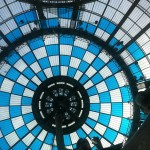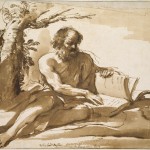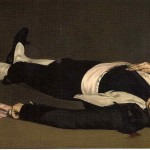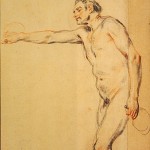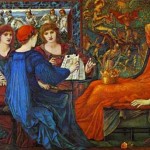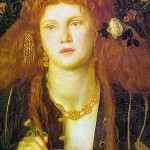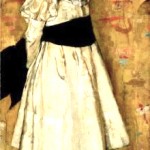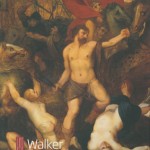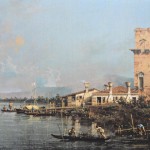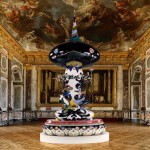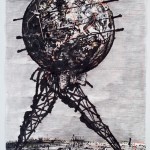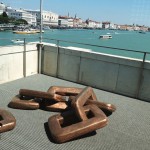
Slip of the Tongue, Punta della Dogana, Venice 12 April-31 December 2015 Curated by Danh Vo in collaboration with Caroline Bourgeois Venice: home of Marco Polo; key entrepôt on the Silk Road; the heart of a great and glittering maritime and mercantile empire. For hundreds of years the Most Serene Republic reached out across the Adriatic and the Mediterranean to the Eastern Empire and beyond, trading and plundering; the famous lion of St Mark atop the right-hand column of the Piazzetta, next to the Doge’s Palace, is probably 4th century BC Persian-Hellenistic; the Byzantine water-marble facing of the basilica of San Marco was stripped from Hagia Sophia during the sack of Constantinople at the time of the Fourth Crusade. Yet the city also has an intense historical and cultural specificity: an essentially Græco-Roman and Roman Catholic identity that underpins all its…

